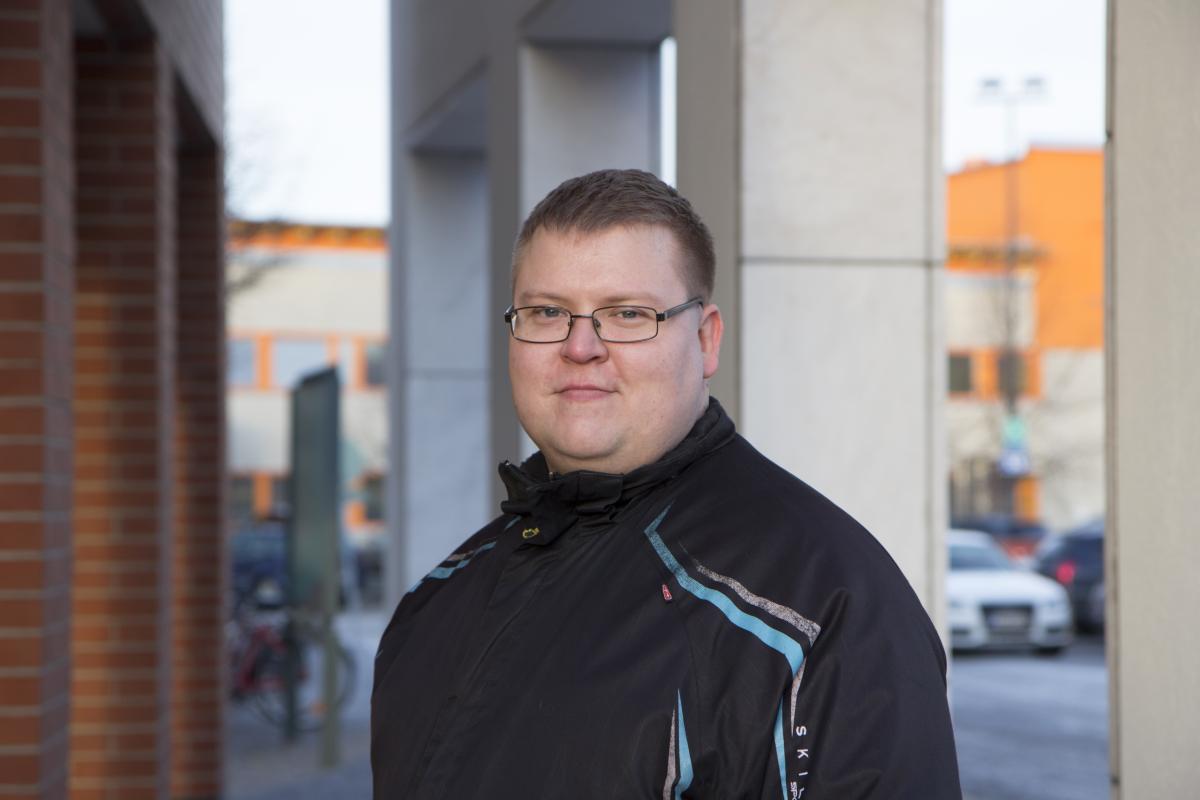
Smart specialisation is the European Union's regional approach to innovation policy, which has encouraged regions to develop their own areas of specialisation based on local strengths and opportunities. In Finland, for example, different regions have developed their own smart specialisation strategies.
– Smart specialisation is the EU's response to global economic competition from the US, Japan, and China. The aim is to find a region's strengths – the industries, products, services, and skills that would make it more succesfull, says Antti Mäenpää, assistant professor in regional studies.
Smart specialisation will support research, development, and innovation in the region. For example, EU Structural Fund programmes give a very high priority to smart specialisation, to the extent that some projects have to take smart specialisation into account to receive any funding at all.
For example, the Ostrobotnian strategy for Smart Specialisation 2022-2025 has four priorities: advanced manufacturing, digital solutions, energy technology and renewable energy system solutions, and circular and carbon-neutral economy.
Smart specialisation involves entrepreneurial exploration and broad interaction
Smart specialisation is achieved by applying entrepreneurial discovery through interaction between government and the private sector.
– Entrepreneurial discovery means that a region should think like a business, i.e. what resources are available, what activities are already in place, what can be expanded, what skills and talent attraction are needed to achieve more growth, says Mäenpää.
The region should use societal debate to decide which activities to support in the region. The process of identifying priorities for specialisation and developing a strategy should be as inclusive as possible, reaching out to all relevant stakeholders. However, this has its own challenges. How can the success of cooperation and smart specialisation be measured? And how to identify gaps in cooperation?
The model identifies gaps in cooperation
The Connectivity Model, jointly built by the University of Vaasa and the Regional Council of Ostrobothnia, addresses this. The model helps regional developers to identify bottlenecks in cooperation and strengthens the dialogue between different stakeholders. The model was developed at the university by Antti Mäenpää, assistant professor in regional studies, Seija Virkkala, professor emeritus, and Åge Mariussen, who worked many years as a researcher at the University of Vaasa.
– The Connectivity Model is a measure of cooperation that indicates whether there are challenges, gaps, or breaks in cooperation. By identifying gaps, we can improve cooperation and get concrete suggestions for measures on how to improve cooperation, says Mäenpää, who has studied the model in his doctoral thesis.
According to Mäenpää, the model starts by interviewing a wide range of stakeholders: companies, public administration, universities and higher education institutions, and NGOs. The interviews use two figures that measure expectations and experiences of cooperation. Expectation is what the respondent thinks the cooperation should be like, while experience describes the actual success of the cooperation. The difference between the two figures reveals gaps in cooperation.
– The model is also a good example of the interdisciplinary collaboration at the University of Vaasa. The idea of measuring expectations and experiences comes from the field of industrial management, where the same method was partly applied to companies under the guidance of the late Professor Josu Takala. Josu was part of our working group, says Mäenpää.
After identifying the gaps in cooperation, the focus group discussions will take place. The findings will be presented to the focus groups and concrete development measures will be identified through discussion. The model has been used every few years.
This model, which has helped to increase interactivity, has helped to bring the actors in the region into a common debate and, at the same time, involved public actors more closely in innovation networks. In addition, the innovative approach of the university and the council has created a culture in the region where scientific knowledge is actively used in regional strategy and development.
Model and cooperation as a business card to Europe
The Connectivity model, based on research by the University of Vaasa, was originally developed as a tool for regional development in Ostrobothnia in cooperation with the Regional Council of Ostrobothnia. Since then, the model has been applied in other European countries, including Sweden, Norway, Germany, Poland, Latvia, and Lithuania.
According to Mäenpää, the model has led to international cooperation and projects. For example, the Ostrobothnian Region has led the LARS project, funded by the EU's Interreg Baltic Sea Region programme, which aimed to strengthen regional innovation systems through transnational learning. The project mapped innovation networks in the regions and identified good practice in cooperation between businesses, universities, and public administrations.
The model, the transnational learning platforms and the successful research cooperation between the council and the university have built reputation in Europe and the rest of the world. The university has become better known and the impact of its research has grown, while Ostrobothnia has gained visibility and weight as a region in various forums.
- The model has given us a system and a manual to work with and, for example, to allocate ERDF funding. It has also provided an entry ticket to various networks of excellence. We have researched information that we can communicate and that is useful to others, so we are listened to. For example, we are invited to speak at various events in Europe, says Jerker Johnson, regional development expert at the Regional Council of Ostrobothnia.
The university and the council have been working together actively and continuously, for example, in the European Commission's Smart Specialisation Platform and now in the S3 Community of Practice.
From growth to green transition
In the EU's regional innovation policy, growth and global competition have been accompanied by the objectives of sustainable development and the green transition. This is another challenge that the University of Vaasa and the Regional Council of Ostrobothnia have worked on together to address. For example, the university's regional scientists were involved in the GRETA project, led by the Regional Council of Ostrobothnia, which explored how regions can implement green development objectives through smart specialisation strategies.
The Regional Council of Ostrobothnia, the university, and the Merinova Technology Centre were also involved in the RIPEET project funded by the EU Horizon Programme, which created "transition labs", or co-creation environments, in Ostrobothnia and two other regions. They tested different co-creation methods and tools to promote energy transition.
In addition, the region of Ostrobothnia has been involved in the Partnerships for Regional Innovation (PRI) initiative of the European Union, which has tested different tools to improve the coordination of regional, national and EU innovation policies for the green and digital transition.
Regional Innovation Valleys (RIAs) are emerging as new instruments of EU regional innovation policy, to be funded, among others, by the Horizon programme. The aim is to select around one hundred innovation valleys in the EU. The Ostrobothnia region is among the applicants. The results of the call are expected next summer.
***
Main image of the Raippaluoto Bridge: the Regional Council of Ostrobothnia / Joonatan Knuutila
